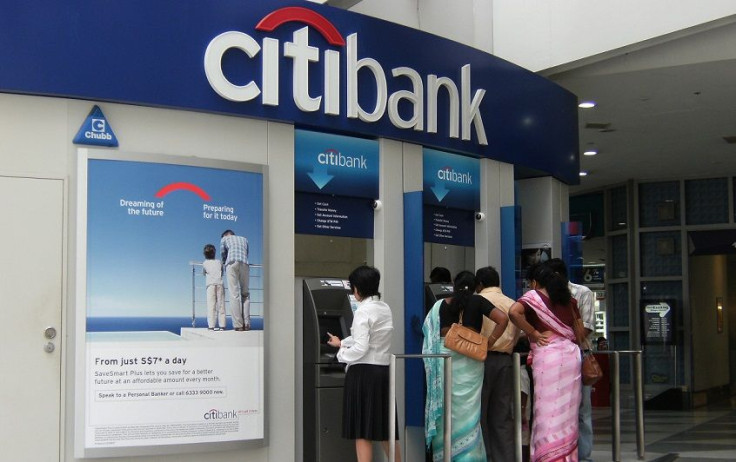US Bank Customers Who Overdraw Their Checking Accounts Pay An Average Of $225 A Year; How Banks Charge For Overdraws Varies Widely In The Industry, Says Gov’t Consumer Watchdog

Bank account holders who overdraw on their accounts and use bank overdraft payment services pay an average of $18.75 a month, according to a report from the U.S. Consumer Financial Protection Bureau.
Overdraft fees are activated when customers enter negative-balance territory on their checking accounts through ATM withdrawals, debit card transactions or scheduled bill payments.
The CFPB said Tuesday in its report that the costs of these services vary widely across the retail banking sector, ranging from $147 a year to nearly $300.
And overdraft services rules and practices vary widely, too, putting the onus on customers to read the fine print.
“The CFPB study raises questions about whether overdraft costs can be anticipated and avoided,” the report said. “A bank’s complex and often unique overdraft policies, procedures, and practices can be very difficult for a consumer to understand. This is true for consumers who have opted in but also for those who have not but are trying to figure out their potential costs in using their bank’s services.”
One bank, for example, might post all transactions overnight while another will post transactions from highest to lowest, rather than in the order in which they are received, thus increasing the chances of one or even numbers overdraft fees. Some banks have a standard set fee while others vary their fees based on an individual account's historical balances, increasing fees for customers who consistently have lower balances.
The banks view the services as just that: a service that prevents payments from being blocked. Critics argue that the fees are high and target low-income consumers who live paycheck to paycheck.
In 2009 the Federal Reserve Board ruled that bank customers could choose to opt out of overdraft services; prior to that many banks required it, whether customers wanted it or not. The rule went into effect in 2010.
The CFPB says that in 2011, customers who opted in to overdraft services varied widely, but in all cases they represented a minority -- from as high as 40 percent of customers to below 10 percent -- meaning customers generally don’t want these services. Those that use it, use it a lot and pay the price for the service.
Revenue from overdraft fees has risen in recent years. According to Moebs Services, which tracks overdraft revenue, fees from bank overdrafts increased 1.3 percent last year, to $32 billion, down from a 2009 peak of just over $37 billion, but significantly up from the $20 billion in 2000. Overdraft revenue fell in 2010 and 2011, but it increased last year and is expected to continue to rise as banks adjust their policies to stem the retreat, according to the Pew Charitable Trust.
Read the full report here.
© Copyright IBTimes 2024. All rights reserved.




















